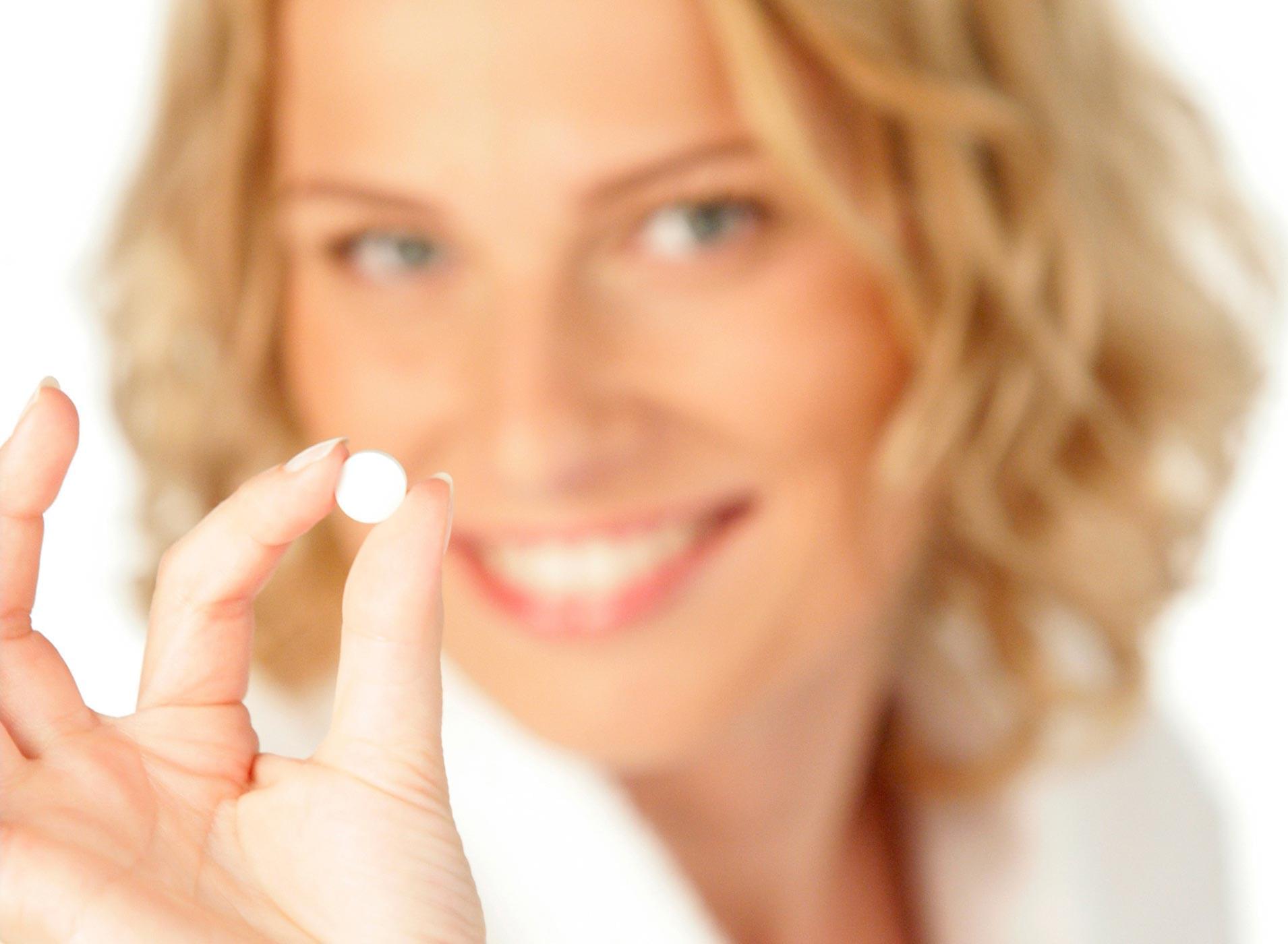Scientists from Mass General Brigham and Beth Israel Deaconess Medical Center have developed a novel gene editing tool called STITCHR. Unlike traditional CRISPR, STITCHR inserts entire genes at precise locations, minimizing unintended mutations. This gene editing tool simplifies use and offers potential as a one-time treatment for genetic disorders.
The technology uses retrotransposons, naturally occurring “jumping genes” found in all eukaryotic organisms, which can move and integrate into genomes. Using computational screening, the researchers identified and reprogrammed a specific retrotransposon to work with the nickase enzyme from CRISPR, forming the complete STITCHR system that allows a precise, seamless gene insertion into the genome.
STITCHR offers the potential to replace or supplement entire genes, creating a more universal treatment option for various genetic diseases. The research team is now working to improve its efficiency and move it toward clinical use. Their study, published in Nature, highlights how insights from basic cellular biology can drive innovation in genetic medicine and lead to new therapeutic tools.









